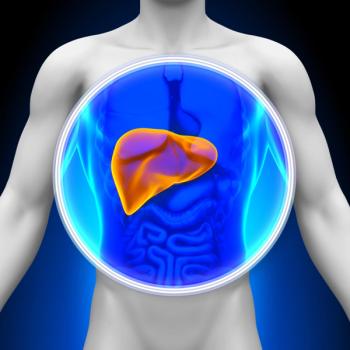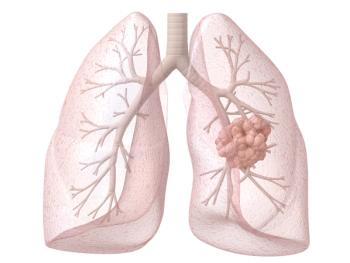
Liso-cel Improves Societal/Medical Costs vs Standard of Care in R/R Lymphoma

An analysis based on the phase 3 TRANSFORM and TRANSCEND trials shows an increase in cost-effectiveness, life-years, and quality-adjusted life-years compared with standard of care in patients with relapsed/refractory diffuse large B-cell lymphoma.
Lisocabtagene maraleucel (liso-cel) improves cost effectiveness compared with standard of care in the second-line treatment of relapsed or refractory diffuse large B-cell lymphoma (DLBCL), according to findings from an analysis published in Blood Advances.1
According to data from a cohort of 60 year old adults, liso-cel's incremental cost-effectiveness ratio (ICER) was $99,669 per quality-adjusted life-year (QALY) and $68,212 per QALY from a healthcare sector perspective and societal perspective, respectively. The study confirmed liso-cel’s cost-effectiveness based on the $100,000 per QALY threshold.
This analysis is the first to analyze the combination of healthcare expenses, societal productivity losses, and patient quality of life in assessing the liso-cel’s cost-effectiveness, according to a press release on the study.2
“In our study, we incorporated the often-overlooked societal costs associated with cancer treatment, which are typically neglected in cost-effectiveness analyses that focus solely on the healthcare sector related-expenses,” senior author Mohamed Abou-el-Enein, MD, PhD, MSPH, associate professor of medicine at the Keck School of Medicine at the University of Southern California, said in the press release. “Cancer treatments can diminish quality of life, causing work absences and challenges in managing everyday activities, especially among the elderly. Treatments that improve quality of life not only benefit the patient but also reduce these broader societal costs, which is an important aspect of our cost-effectiveness evaluation.”
Investigators evaluated data from the global phase 3 TRANSFORM and TRANSCEND trials.3,4 The Model used in the analysis included a hypothetical patient population that had similar demographics to that of the TRANSFORM trial; patients were 60 years of age, and 57% were male. All patients had DLBCL, with relapse occurring within 12 of preliminary treatment.
This study’s primary outcomes were life-years gained and QALYs gained.1 Patients who received liso-cel treatment had an average life expectancy of 5.34 years and gained 3.64 QALYs. Conversely, patients who received standard-of-care treatment had an average life expectancy of 2.47 years and 1.62 QALYs.
Treatment with liso-cel was also associated with a loss of $110,608 compared with $156,362 for standard-of-care treatment. Medical costs covered in the analysis included CAR T-cell therapy procedures, chemotherapy, stem cell transplant, hospital admissions, ongoing monitoring, management of disease progression, end-of-life care, and treatment of adverse effects. Societal costs included lost productivity, lost labor market earnings, the value of unpaid productivity and household activities, and out-of-pocket travel expenses.
Limitations of the trial include adherence to the TRANSFORM trial, which lacks long-term follow-up data for the cost-effectiveness analysis. In addition, the scenario analyses examined time horizons, utility values, and list prices, which showed that maintaining the cost-effectiveness of liso-cel at $100,000 per QALY could be difficult long term.
References
- Choe JH, Yu T, Abramson JS, Abou-el-Enein M. Cost-effectiveness of second-line lisocabtagene maraleucel in relapsed or refractory diffuse large B-cell lymphoma. Blood Adv. Published online 2023. doi:10.1182/bloodadvances.2023011793
- Liso-cel is a cost effective second-line treatment for common form of lymphoma. News release. American Society of Hematology. December 28, 2023. Accessed January 2, 2024. http://tinyurl.com/mp6eztcf
- Kamdar M, Solomon SR, Arnason J, et al. Lisocabtagene maraleucel versus standard of care with salvage chemotherapy followed by autologous stem cell transplantation as second-line treatment in patients with relapsed or refractory large B-cell lymphoma (TRANSFORM): results from an interim analysis of an open-label, randomised, phase 3 trial. Lancet. 2022;399(10343):2294-2308. doi:10.1016/s0140-6736(22)00662-6
- Abramson JS, Palomba ML, Gordon LI, et al. Lisocabtagene maraleucel for patients with relapsed or refractory large B-cell lymphomas (TRANSCEND NHL 001): a multicentre seamless design study. Lancet. 2020;396(10254):839-852. doi:10.1016/s0140-6736(20)31366-0
Newsletter
Stay up to date on recent advances in the multidisciplinary approach to cancer.
































































































